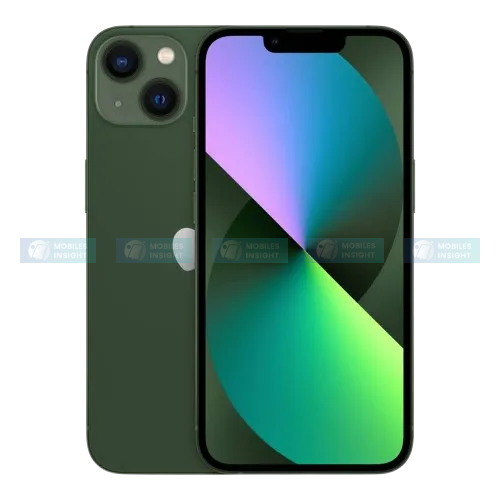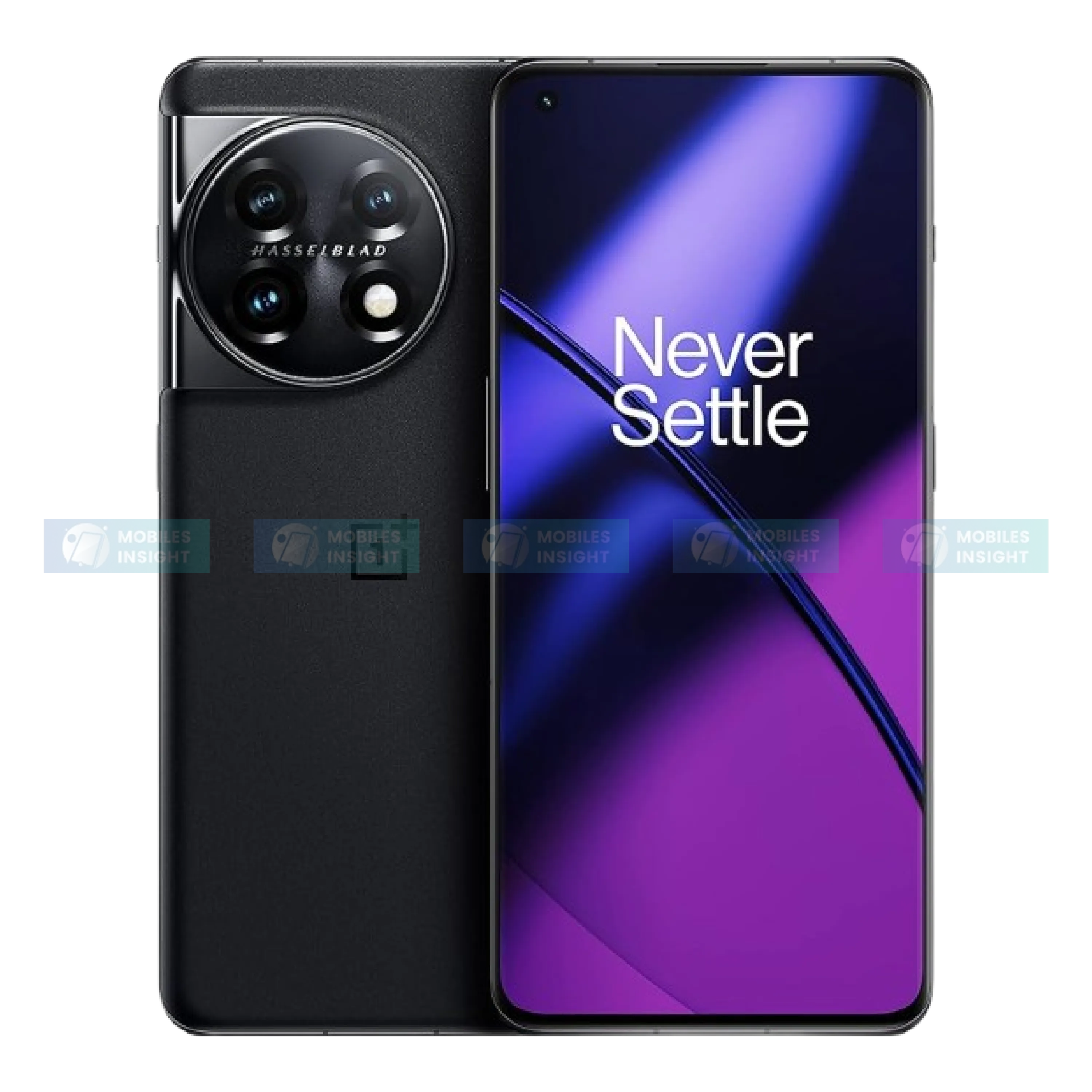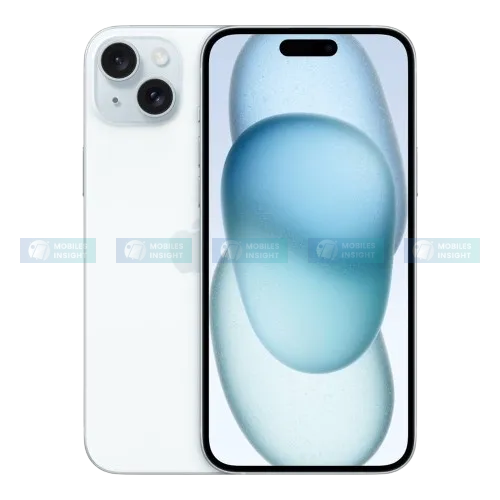
Smartphone Privacy in 2026: The Rise of Advanced Biometric Security
In 2026, advanced biometric security is becoming an important part of smartphone privacy. New rules, along with new technologies like decentralized biometrics, homomorphic encryption, multimodal and behavioral biometrics, and liveness detection, are taking security beyond simple fingerprint or face unlock. To stay safe, both users and companies need to focus on privacy-first design, process data locally on devices, and stay transparent about how biometric data is handled.
What is Advanced Biometric Security?
The word “advanced” here means going beyond just scanning your fingerprint or face. It refers to systems that are more accurate, harder to cheat, safer for privacy, and work well in different situations. Key features include:
- Multimodal biometrics: This combines more than one type of biometric, like face and iris, fingerprint and vein, or fingerprint and typing patterns. Using multiple types makes the system more accurate and gives a backup if one method doesn’t work.
- Behavioral biometrics: This looks at how someone behaves, like typing speed, how you walk, how you swipe or touch the screen, your voice style, and how you use your phone. This often works continuously, not just once when you log in.
- Liveness or anti-spoofing: This makes sure the system is reading a real person, not a photo, video, mask, or fake digital copy.
- Privacy-protecting data handling: This keeps your biometric data safe. Instead of storing your full face or fingerprint, the system saves a secure template. It can use encryption, on-device processing, or special secure hardware to protect your data.
- Device-based matching and storage: Instead of sending your data to a central server, the system matches and stores it on your own device. This makes it harder for hackers to access your information.
- Continuous authentication: The system keeps checking through behavioral patterns or periodic scans. This helps detect if someone else is trying to take over your device.
Research & Technical Methods
Here are more “real methods / approaches” that have been proposed or used. These flesh out the concepts above:
|
Method |
What it is / How it works |
Benefits |
Trade-offs / Challenges |
|
Multimodal Feature-fusion + Deep Hashing |
Systems fuse features from two or more modalities (e.g. face + iris) into a single representation. Then they apply hashing (or “deep hashing”) to make the template compact and secure. |
Better recognition accuracy; templates smaller / more efficient; harder for attackers to spoof more than one modality. |
More complexity; more data input; matching under noisy conditions harder; computational cost; higher enrollment burden. |
|
Privacy-Preserving Continuous Behavioral Authentication |
Use behavioral signals (keystroke, swipe, gait, etc.) continuously; also use cryptographic primitives (e.g. homomorphic encryption, oblivious transfer) so the server / verifier doesn’t learn sensitive behavior beyond what is needed. |
Better UX (not re-login), catch impersonation or hijacked sessions; keeps private data protected. |
Need reliable sensors; noisy behavior signals; balancing detection speed vs false alarms; privacy of collected behavior; computational/energy overhead. |
|
Cancelable / Tokenized / Secure Templates |
Instead of storing raw biometric data, transform it so that even if the template leaks, the original cannot be reconstructed. Tokenization means using a substitute “token” for real data; or cancelable biometrics means you can revoke / re-issue. |
Limits damage if breached; supports revocation; preserves privacy; reduces risk. |
Designing transformations that preserve matching accuracy; making sure transformations are secure against known attack types; template management. |
|
Decentralized Storage + Blockchains / IPFS |
In some systems, biometric templates are stored encrypted, perhaps split, and stored in decentralized storage (like IPFS), with hashes / digests stored in blockchain so integrity is verifiable. |
Strong integrity, tamper-proofing; reduced single-point failure and breach risk; can increase trust. |
Latency; cost; scale; privacy concerns; governance of decentralized infrastructure; if the system is public, risk of side-channel info; difficulty in revoking or updating templates. |
|
Liveness Detection / Anti-Spoofing |
Using multiple cues: motion (blink, head movement), skin reflectance/texture, 3D depth sensing, challenge-response (you move your head, smile), AI/ML algorithms to detect facial masks, printed photos, screen replays, deepfakes. |
Prevent many common spoofing methods; increase trust; required in many high-security applications (banking, border control). |
Can sometimes annoy users (if challenge response needed); false negatives if conditions are poor; deepfake technologies keep improving; sensor cost (3D, depth cameras) higher. |
|
Edge / On-device Processing + Trusted Hardware |
Biometric capture, template storage, and matching happen entirely on device; using secure enclaves (TEE) or hardware modules. The raw data never leaves the device. If the central server gets only hashed / encrypted outputs. |
Greater privacy; less risk of large data breaches; better performance (latency); regulatory compliance. |
Device hardware cost; updates; variability across devices; if device compromised, risk; key / secure module vulnerabilities. |
Why Are Passwords and PINs Obsolete in 2026?
Hackers in 2026 used AI-powered programs that can quickly analyze patterns and guess billions of passwords or PINs in seconds. Even complicated passwords are no longer safe because quantum computers can try combinations much faster than normal computers. Research shows that passwords that used to take years to break can now be cracked in just a few minutes.
On the other hand, biometric features like iris patterns, facial shapes, fingerprints, or vein patterns are unique and very hard to copy digitally. Modern devices store this data in secure, encrypted areas that are not connected to the internet, so even if a system is hacked, the information cannot be read. Chips like Apple’s A19 Pro and Google’s Tensor G5 process biometric data on the device itself, so it never leaves the phone, making it much safer. Using multiple biometrics together, like face and fingerprint, makes security even stronger. This move towards safe, local, and multi-layered biometrics means that passwords and PINs are becoming outdated for keeping digital accounts secure in 2026.
Key Trends in 2026 for Smartphone Biometrics Privacy
Based on the latest research and reports, here are the main trends in smartphone biometrics and privacy
Decentralized Biometric Verification Models
Instead of storing biometric data on a central server, more systems will keep data on the device itself or use encrypted templates. This way, your raw biometric data is never exposed. Regulators prefer these systems because they reduce the risk of data breaches.
Privacy-Preserving Templates
New research shows it is possible to combine different types of biometrics like fingerprints and iris scans while keeping the data encrypted. Only the final verification result is decrypted, making your data much safer.
Multimodal and Behavioral Biometrics Enhanced by AI
Smartphones will check identity continuously using behavioral patterns such as typing, swiping, or walking style. Combining multiple biometric types reduces errors. AI and machine learning help it recognize patterns even in different lighting, wear, or as people age.
Stronger Liveness and Anti-Spoofing Measures
With threats like deepfakes, fake photos, and face swap malware, it is now essential for devices to confirm that the person is real. Methods like checking eye blinking, skin texture, depth, and motion are becoming standard.
Stricter Legal Penalties and Data Privacy Laws
Fines and legal risks are increasing for companies that misuse biometric data. Rules about collection, consent, retention, and deletion of data are now very strict. Companies ignoring these rules may face serious consequences.
User Control and Transparency
Users want to know which apps collect their biometric data, where it is stored, for how long, and why. Privacy dashboards and regular audits are becoming essential to provide transparency.
Hardware and Sensor Improvements
New sensors with higher resolution, infrared capabilities, and depth detection, along with specialized chips and secure storage on devices, are making biometric verification faster and safer.
Integration with Broader Identity Systems
Biometric data is increasingly being used in digital identity wallets and passkeys. Multi-factor authentication, combining something you are, something you have, and something you know, is becoming more common.
Which Smartphone Brands Lead in Advanced Biometric Security in 2026?
By 2026, smartphone makers will have improved biometric security a lot, using different ways to protect user privacy and data.
-
Apple: It has released the iPhone 17 series, which uses Face ID, under-display Touch ID, and advanced memory protection through the A19 Pro chip. These layers of security help keep phones safe from unauthorized access and cyber threats.
-
Google: Its Pixel 10 Pro comes with the Tensor G5 chip and Titan M3 security, which keeps biometric data encrypted and safe. This makes user data more secure, especially fingerprints and face information.
-
Samsung: The model has launched the Galaxy S26 Ultra, featuring vein and palm recognition along with Knox Vault protection. These extra security features make it harder for anyone to access the phone without permission.
-
Huawei: It continues to expand HarmonyOS, adding AI-powered iris recognition and military-grade encryption to protect user data.
-
Xiaomi and Vivo: They now offer mid-range smartphones with fingerprint recognition combined with behavioral AI, making advanced biometric security available to more users.
Overall, smartphones are now focusing more on security. Biometric features are becoming as important as cameras and displays when people choose a phone.
What Makes Biometric Security Fail-Proof in 2026?
Biometric systems in 2026 work through multimodal authentication. Instead of relying on a single biometric, devices demand two or more combined checks.
For example:
-
Face + heartbeat pattern.
-
Fingerprint + iris.
-
Voice recognition + touch pressure.
Even if one biometric is spoofed, the second layer neutralizes the attempt. Quantum-resistant encryption protects templates inside secure enclaves. This redundancy makes today’s smartphones as secure as government-grade ID systems.
Why Bangladesh’s Smartphone Users Care About Biometric Security?
In Bangladesh, smartphones have become essential for mobile banking, online shopping, and government services, so strong security is very important. Smartphone use is growing, increasing from 70% in 2022 to 74.5% in 2023, and more people are now using biometric security.
bKash, one of the leading mobile financial service providers, has added Face ID and fingerprint login to its app, making it safer and easier for users. Mastercard and Eastern Bank PLC also introduced the world’s first biometric metal credit card in Bangladesh, which lets users verify transactions with a fingerprint.
The Bangladesh government has made biometric SIM registration mandatory to fight mobile-related crimes. This shows the country is serious about using biometric technology to protect digital identities.
As mobile networks move to 5G and future technologies, using advanced biometric security will help keep users’ personal and financial information safe.
Final Thoughts
Smartphone privacy in 2026 is no longer optional. Advanced biometric security is becoming very important. With stronger sensors, smarter algorithms, new laws, and more aware users, companies must focus on privacy first, and users must ask for transparency and control.
If you or your organization follow the strategies above like local processing, multimodal biometrics, encryption, and clear consent and retention policies, you will not only follow the rules, but also build trust, reduce risk, and stay ahead in a world where protecting your identity is the most important part of security.
Popular Phone Reviews

Samsung Galaxy A70 Review: Features, Performance, and Value Insights

Apple iPhone 16 Pro Max Review: Features, Performance, and Value Insights

Apple iPhone 12 Pro Max Review: Features, Performance, and Value Insights

Xiaomi Redmi 12 Review: Features, Performance, and Value Insights






